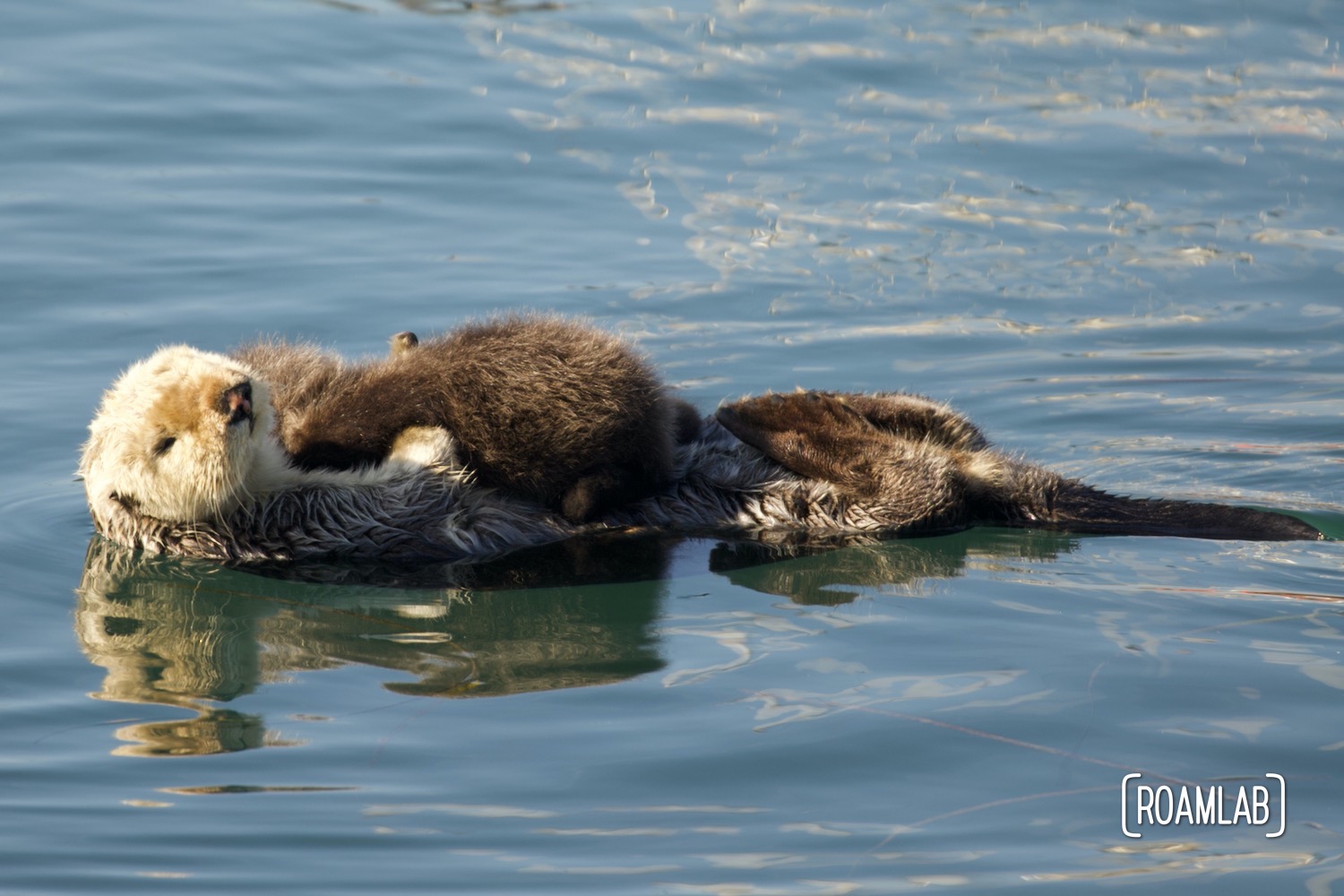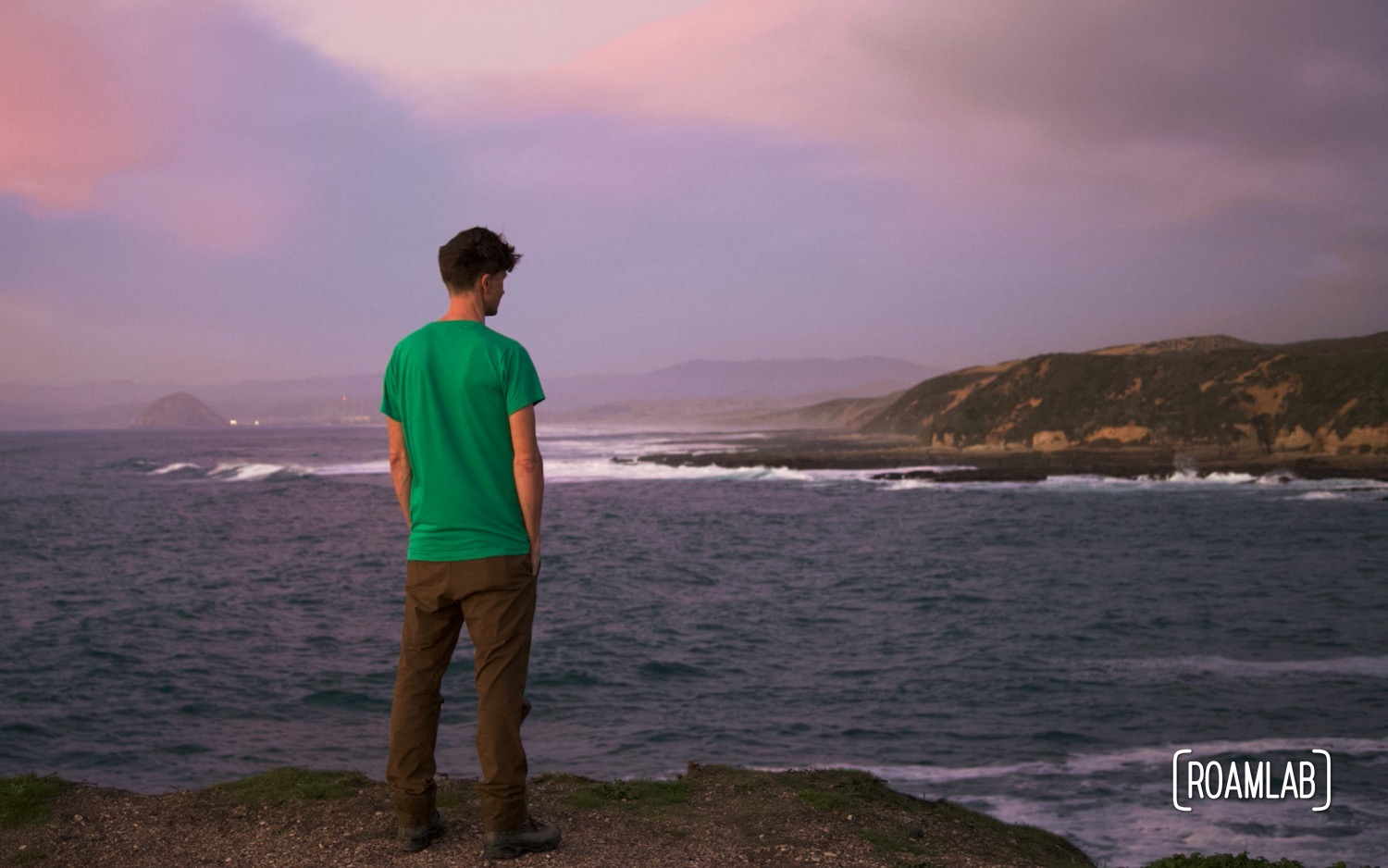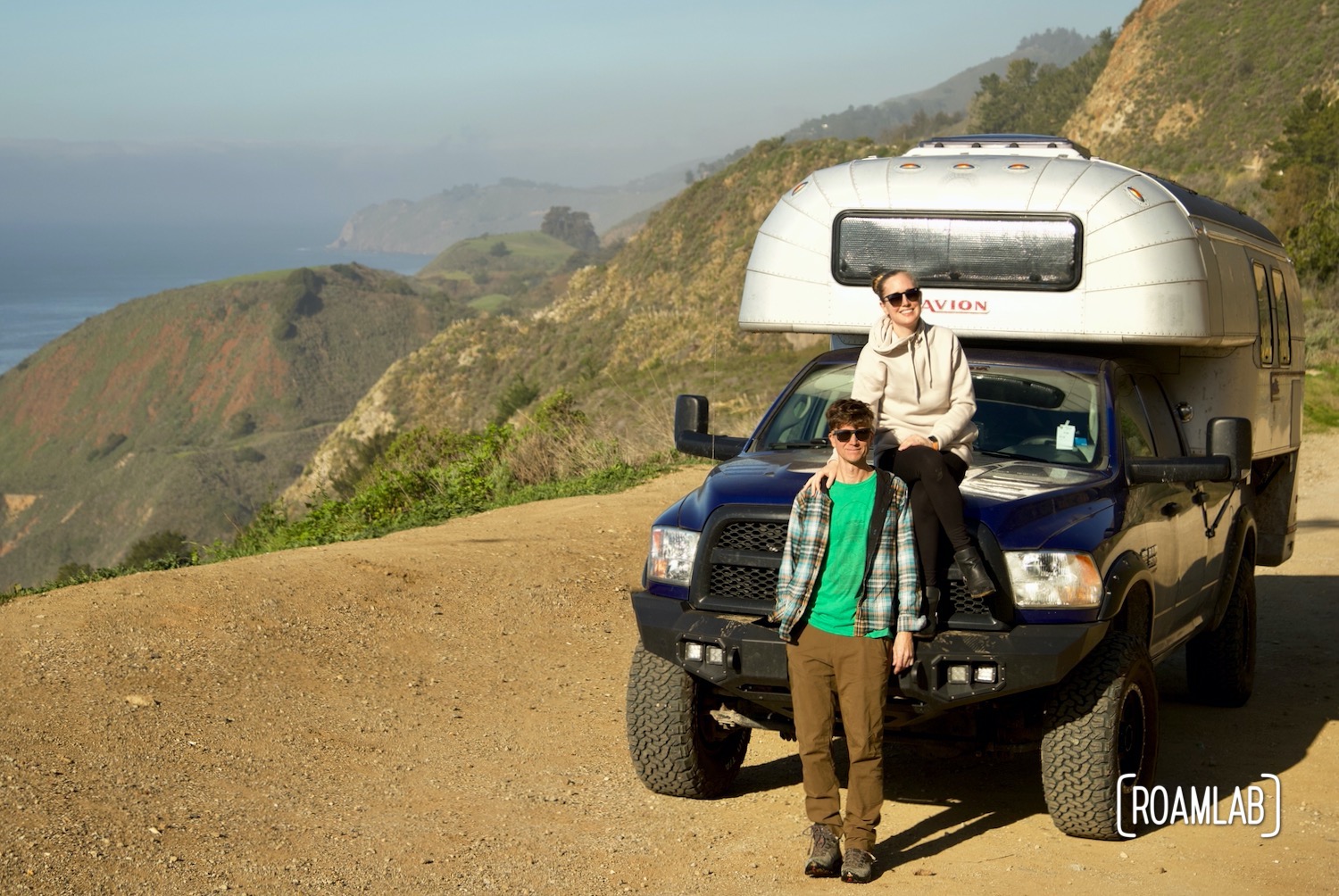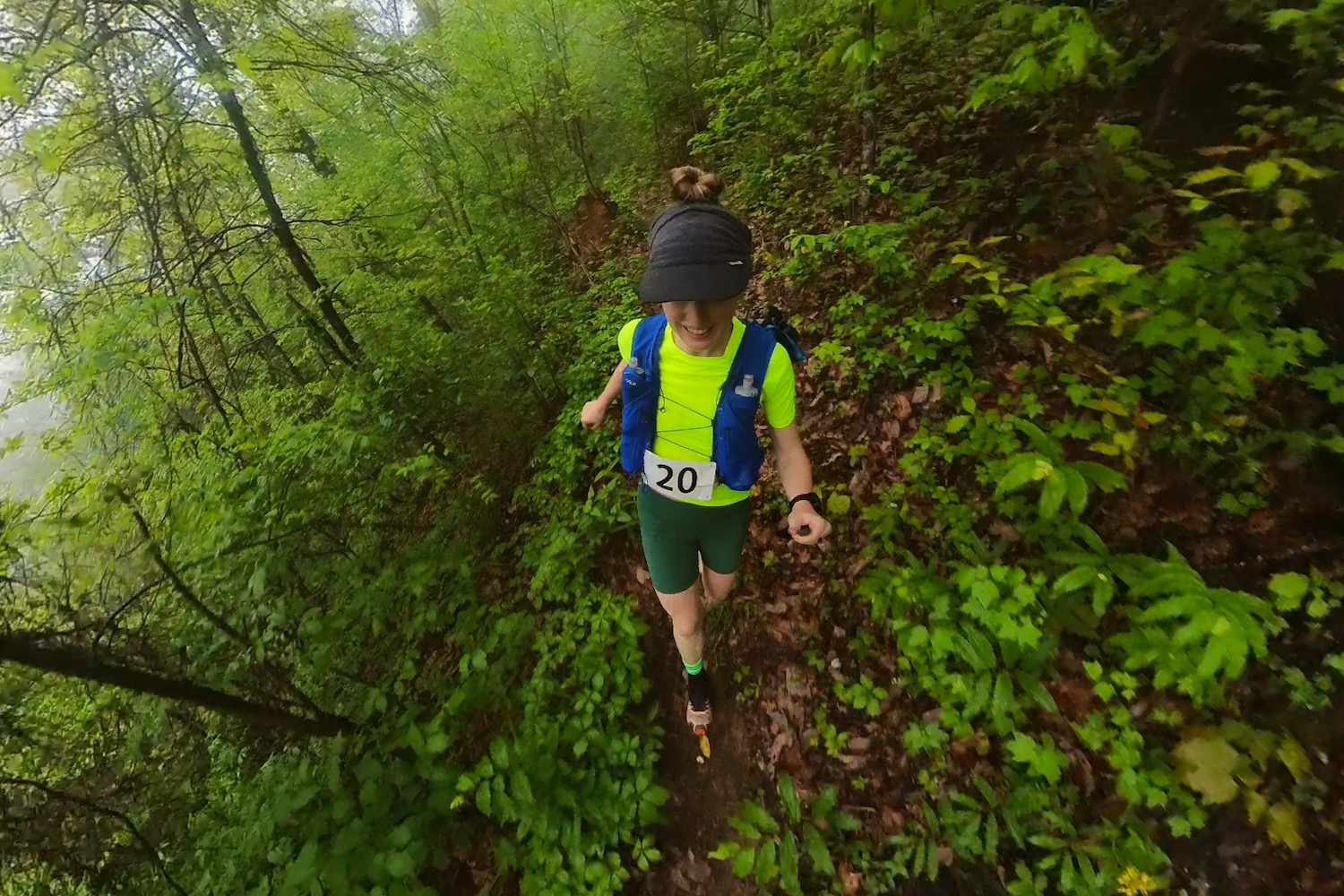
Morro Bay is a haven for sea otters. The shallow entry to the bay is near impassable to larger predators, creating an environment safe for these furry ocean dwellers and other aquatic life. It’s an ideal location for watching sea otters in their natural habitat. And given my love of these adorable mammals, it’s made us frequent visitors and rather knowledgable of where to look.



About Sea Otters
Sea otters (Enhydra lutris) find their homes along the northern and eastern coastline of the Pacific Ocean. While they can travel on land, they are capable of living their entire lives in the water. They dwell in sheltered coastal waters 50 to 75 ft deep and within ⅔ of a mile from the shore—often protected by rocky coastlines, kelp forests, and barrier reefs.
While otters tend to hunt on their own in the day and are not considered particularly social animals, they gather at night in single-sex “rafts” to sleep each night. Otters will often link forearms to stay together and may wrap themselves with kelp to stay anchored in place. The average raft includes between 10 and 100 otters, though the largest raft documented contained over 2,000.
Infant sea otters are relatively helpless balls of fur. Mothers blow into their fur to fill it with air and make the infant buoyant on the surface of the water while she dives for food. Around mid-day, listen for the squeals of infant otters calling for their mothers. They may look abandoned, but their mothers will soon pop up on the surface to retrieve their offspring.

Otter Fur: A Blessing & A Curse
Arguably, what makes sea otters stand out is their furry coats. Unlike other marine mammals like seals and whales, sea otters derive their insulation from their thick fur. They possess the densest fur in the animal kingdom. Unfortunately, this unique characteristic is also what made them enticing targets for fur trappers between 1741 and 1911. By the time sea otter trapping was banned, their numbers (once estimated to be between 150,000 and 300,000 strong) had fallen to only 1,000 to 2,000. The population of California sea otters are all descended from the 50 survivors in a colony near Bixby Bridge.
We are fortunate that the sea otter survived the aggressive trapping. Today, we know them to be a “keystone species,” keeping the sea urchin population in check. An unbridled sea urchin population could devastate coastal kelp forests, which are critical habitats for many ocean-dwelling animals.
Sea Otters in Morro Bay
While reintroduction and conservation efforts have been a notable success, the sea otter remains an endangered species. All the same, Morro Bay is home to a thriving sea otter community. The seafloor is rich with food for sea otters, primarily sea urchins, mollusks, and crustaceans. To open these hard-shelled treats, sea otters are also one of the few marine animals to use tools. Sea otters have a pouch area of skin that extends from the forearm across the chest where otters store food and a rock for crushing clams and shellfish.
On our first visit to Morro Bay, we had the delightful experience of watching a sea otter dive for clams and then break them open by resting the clam on its belly and smashing it with a rock using its forepaws.
Whatever they may be doing, sea otters are a “must-see” when in the area and, fortunately, easy to spot.

Sea Otter Viewing
Morro Bay is incredibly accomodating to visitors who want to watch and photograph sea otters. Much of the waterfront is accessible along a railed walkway including a pier designated for wildlife viewing. Keep an eye out for a crowd of photographers with large lenses. There is likely a raft of these delightful aquatic mammals in their sights. In addition, many restaurants have waterside seating, to view the wildlife and take in the vista of the ocean, Morro Rock, and the surrounding mountains. And while otters are easily seen from the shore, visitors can also take boat tours or rent kayaks to explore the bay and likely observe these furry locals from the water.
Otter Locations Through the Day
Better yet, sea otters are delightfully predictable. In the morning and evening, they are easily found wrapped in kelp near the entrance of the bay, where they spend the night. Walk or drive to the dirt parking lot by Morro Rock for a view of the rafted sea otters near dawn or dusk. By mid-morning, the members of the raft migrate near the pears where they leisurely float, groom, and prepare for the day. In the winter, you can often see a mother cradling her infant at this time or blowing air into its fur, preparing it to float when she starts looking for food later in the day.
By the afternoon, most of the sea otters are hunting. Keep an ear out for the cracking sound of on of these dextrous hunters smashing rocks against clams to access the meat inside or for the cries of infant otters calling to their mothers, hunting for lunch.



As evening approaches, the sea otters migrate back to the entrance of the bay to wrap themselves in kelp and anchor themselves to sleep through the night. Grab a bench by Morro Rock and take the last rays of the sun painting the otters’ fur in a golden glow.
Otters Over the Year
Winter is an ideal time of year to visit Morro Bay and see the sea otters. Not only are they easy to spot, but winter is when the mothers give birth, and infants are a common sight. Even so, whatever time of year you visit, you will certainly find the sea otters to be a playful and happy diversion.

Other Wildlife
Of course, the sea otters are not the only wildlife that flocks to Morro Bay. The sheltered coastline is popular among many animals, including seals, great blue herons, ground squirrels, and peregrine falcons. We’ve had the luck of observing all of the above in a single day of walking around Morro Bay.











